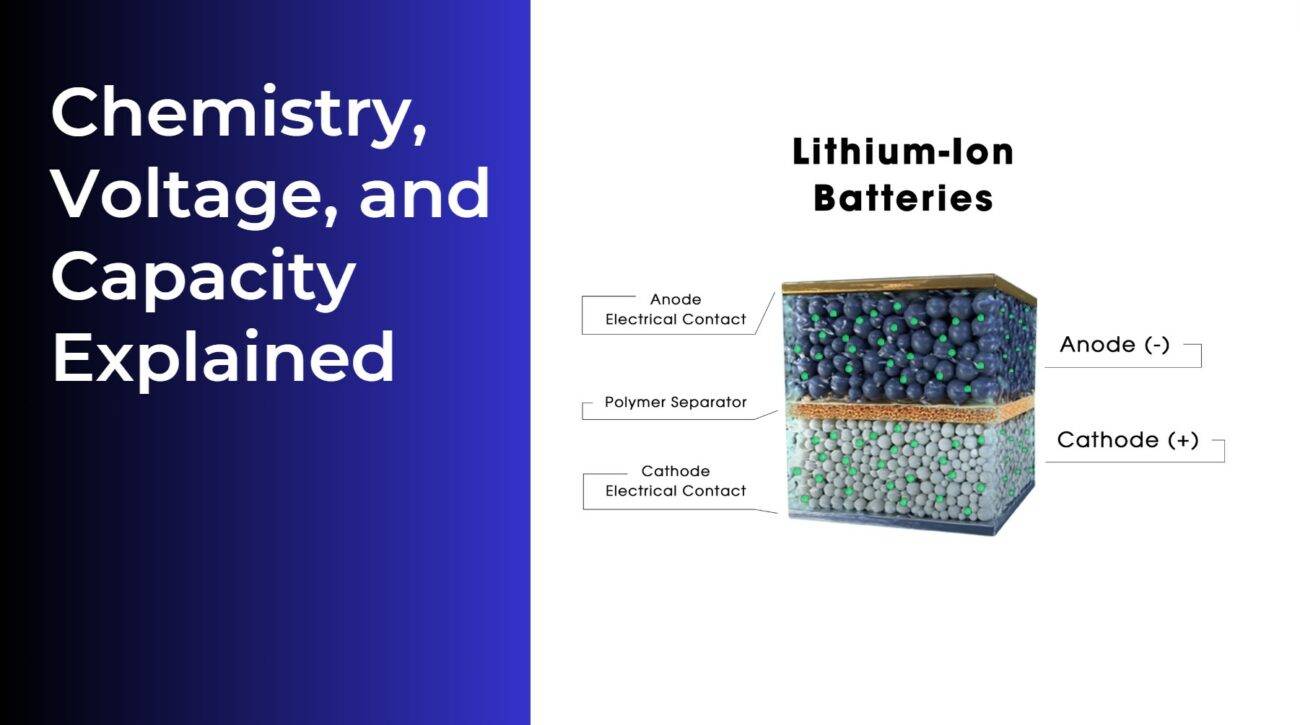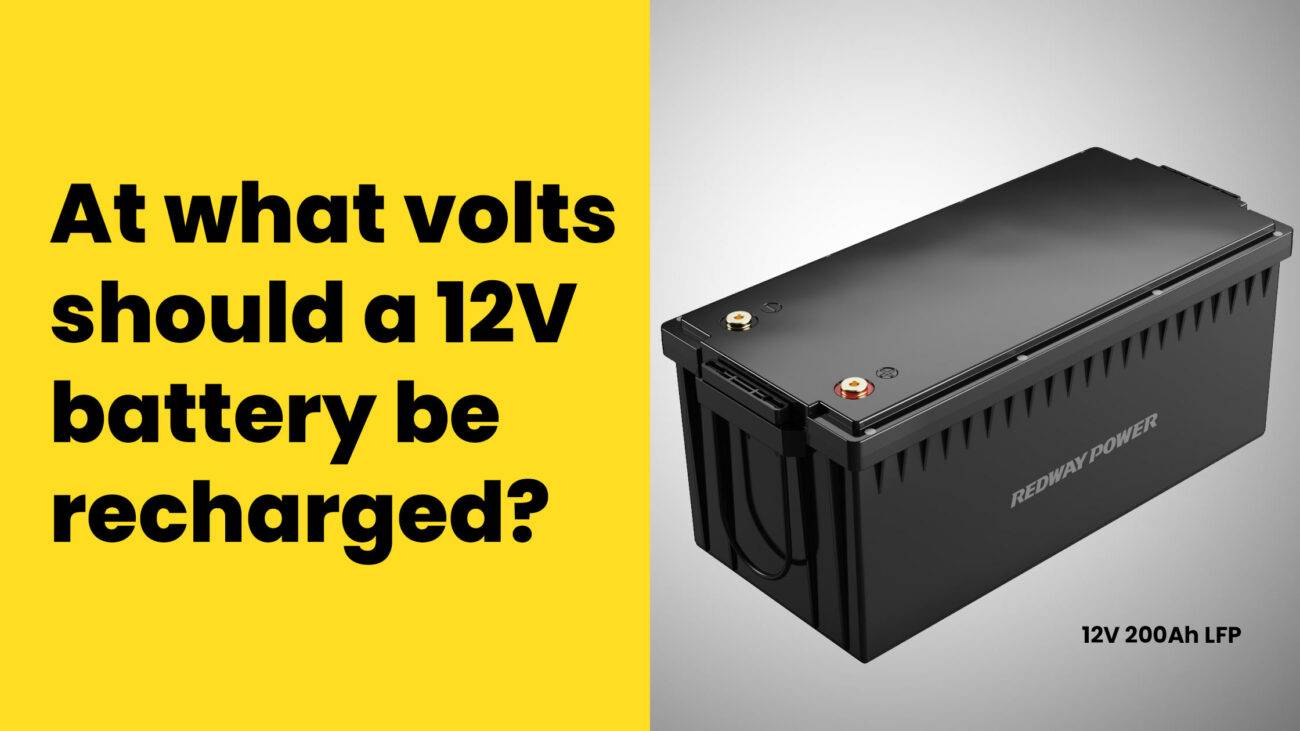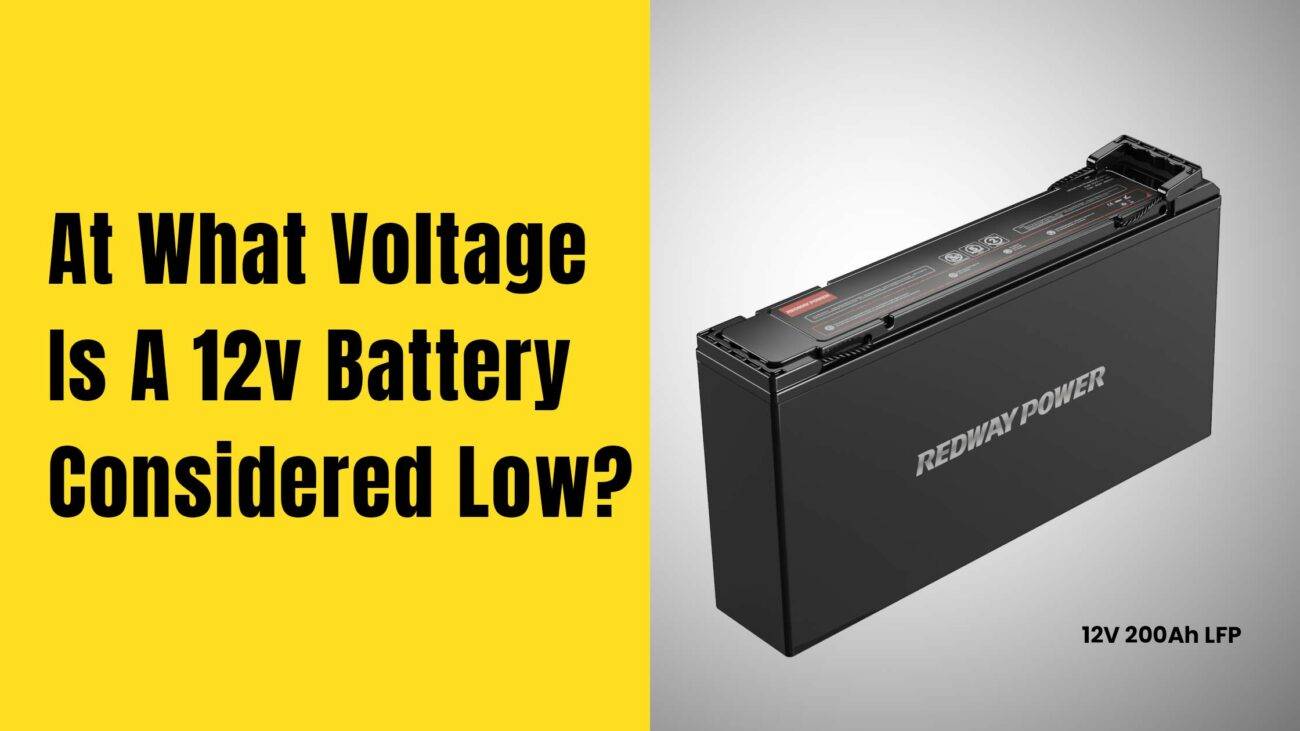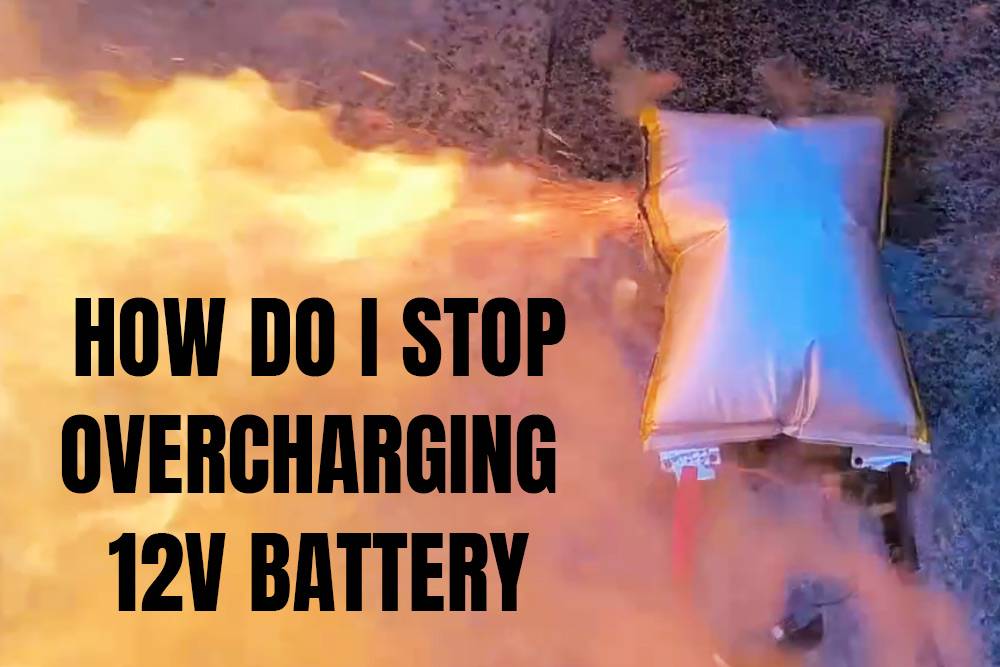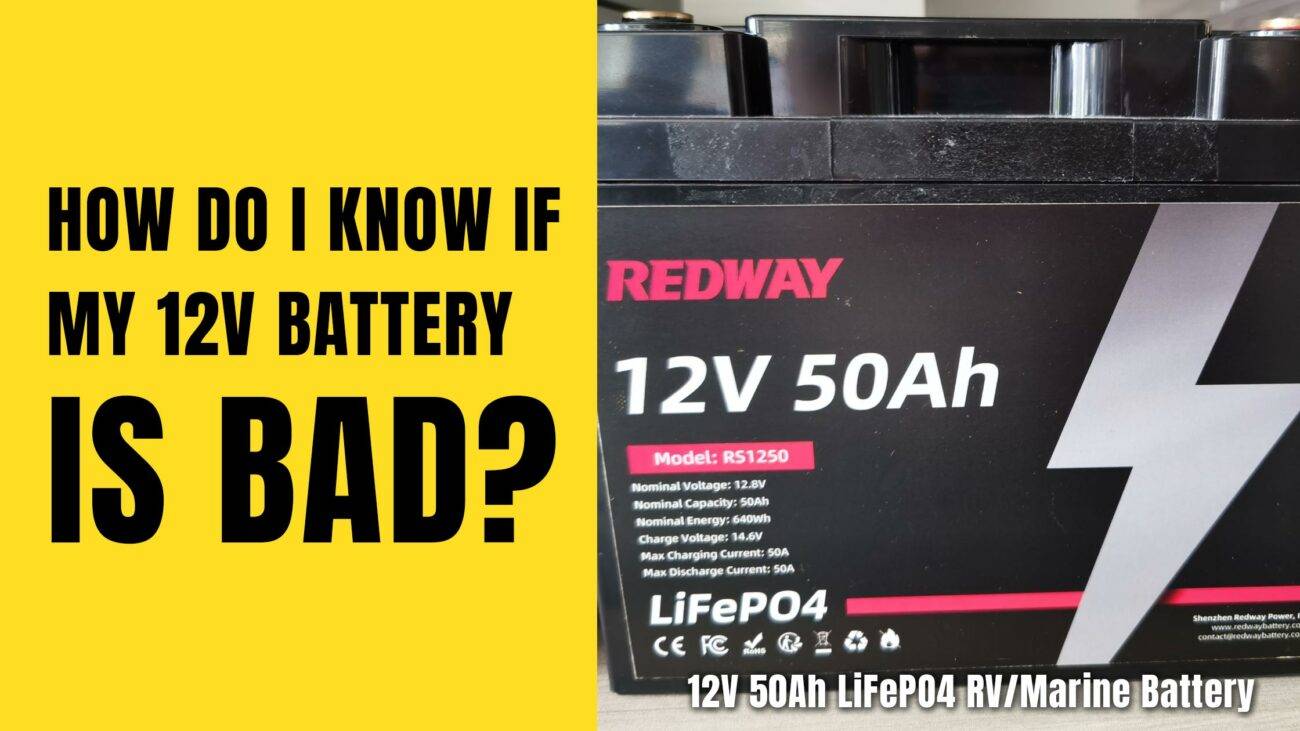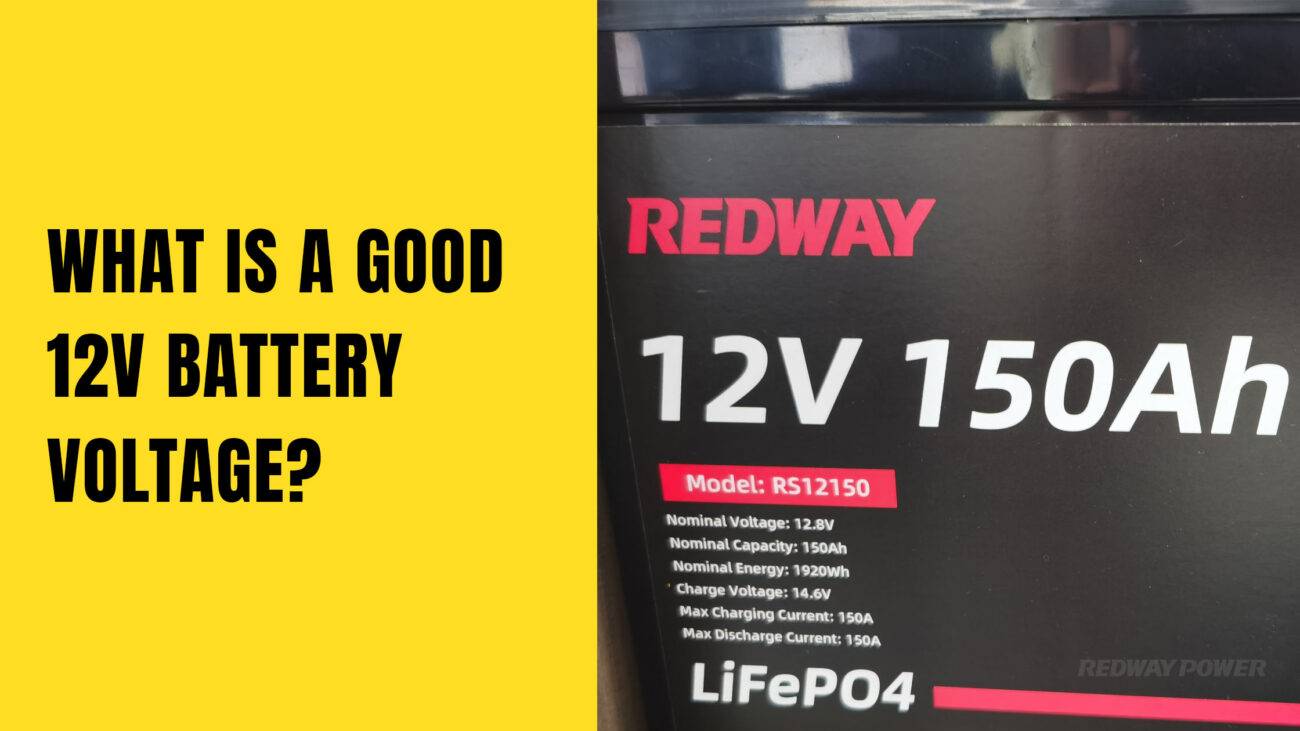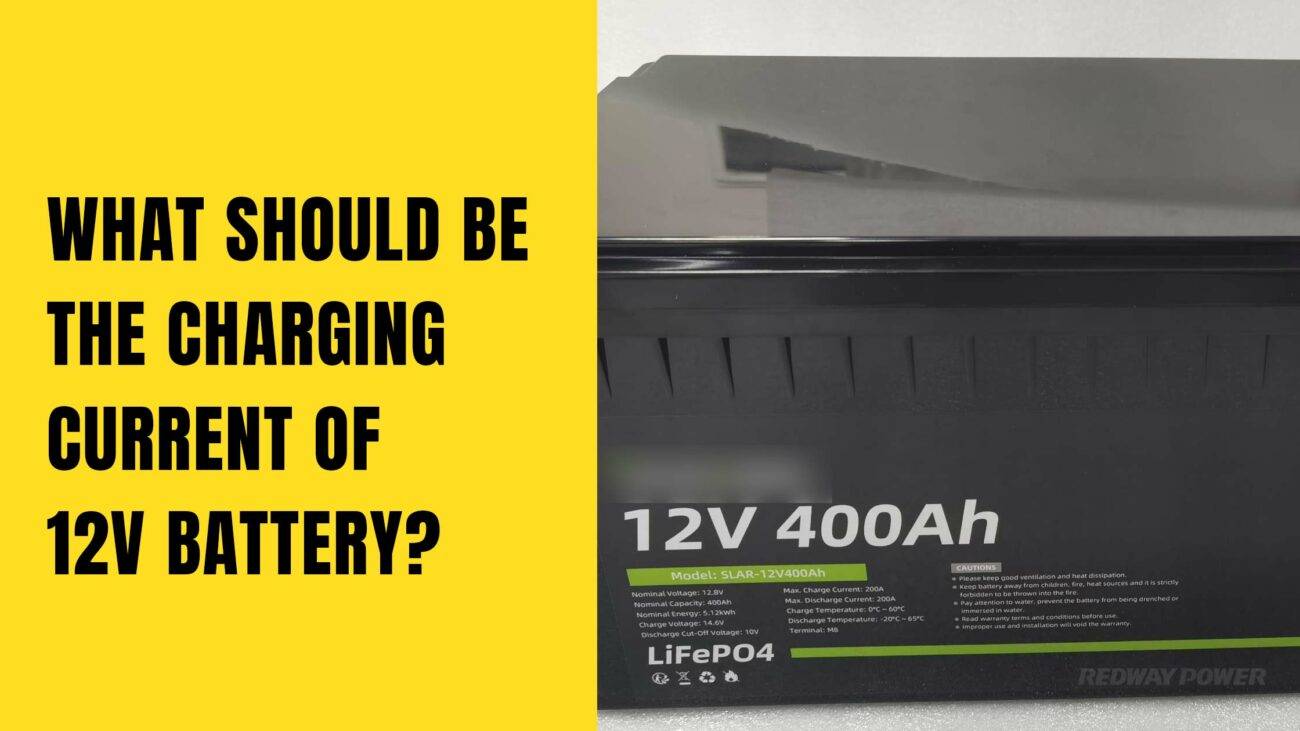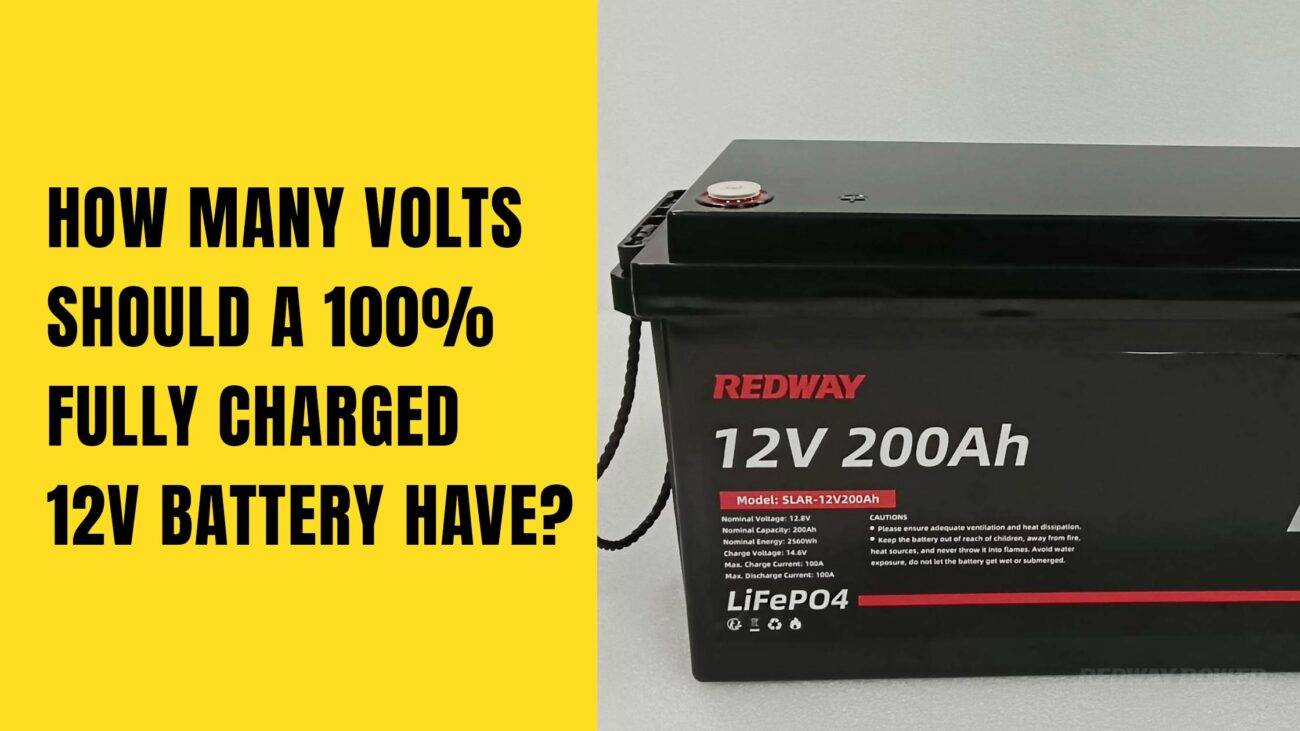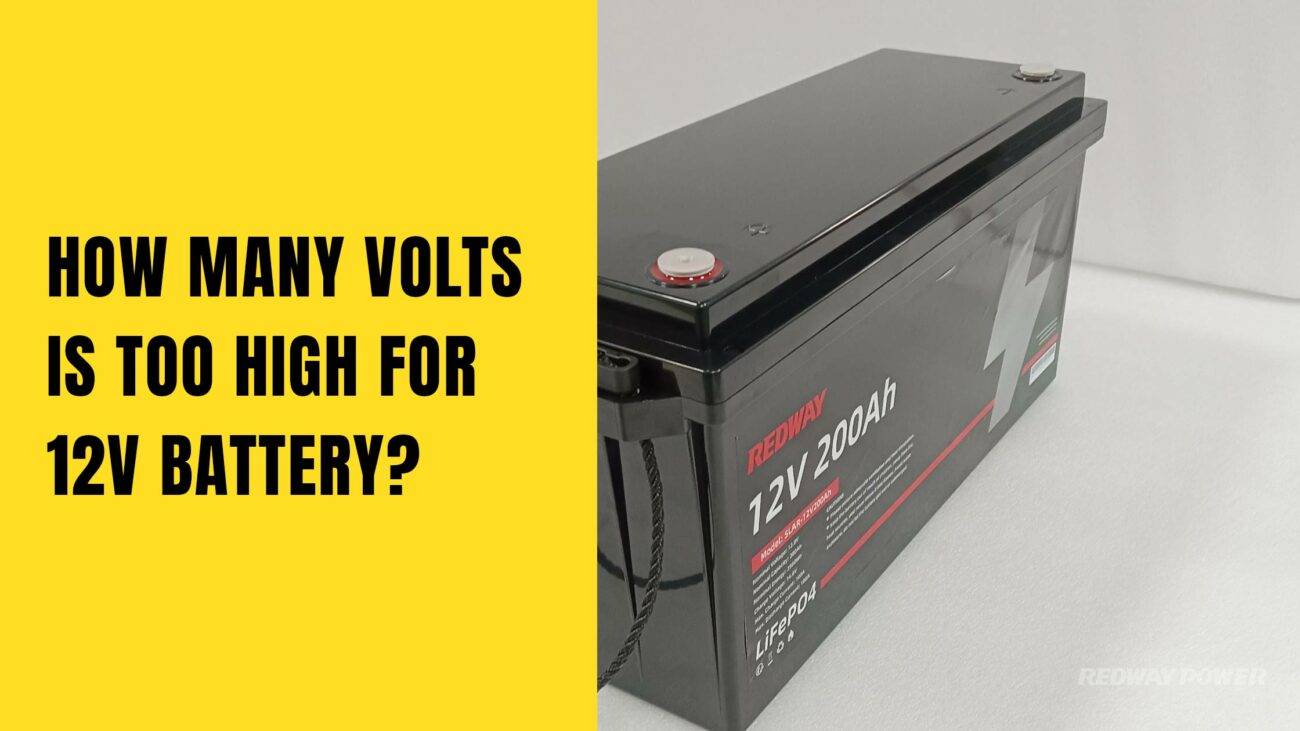- Rack-mounted Lithium Battery
- Golf Cart Lithium Battery
-
Golf Cart Lithium Battery
- 36V 50Ah (for Golf Carts)
- 36V 80Ah (for Golf Carts)
- 36V 100Ah (for Golf Carts)
- 48V 50Ah (for Golf Carts)
- 48V 100Ah (Discharge 100A for Golf Carts)
- 48V 100Ah (Discharge 150A for Golf Carts)
- 48V 100Ah (Discharge 200A for Golf Carts)
- 48V 120Ah (for Golf Carts)
- 48V 150Ah (for Golf Carts)
- 48V 160Ah (Discharge 100A for Golf Carts)
- 48V 160Ah (Discharge 160A for Golf Carts)
-
Golf Cart Lithium Battery
- Forklift Lithium Battery
- 12V Lithium Battery
- 24V Lithium Battery
- 36V Lithium Battery
- 48V Lithium Battery
-
48V LiFePO4 Battery
- 48V 50Ah
- 48V 50Ah (for Golf Carts)
- 48V 60Ah (8D)
- 48V 100Ah (8D)
- 48V 100Ah
- 48V 100Ah (Discharge 100A for Golf Carts)
- 48V 100Ah (Discharge 150A for Golf Carts)
- 48V 100Ah (Discharge 200A for Golf Carts)
- 48V 150Ah (for Golf Carts)
- 48V 160Ah (Discharge 100A for Golf Carts)
- 48V 160Ah (Discharge 160A for Golf Carts)
-
48V LiFePO4 Battery
- 60V Lithium Battery
-
60V LiFePO4 Battery
- 60V 20Ah
- 60V 30Ah
- 60V 50Ah
- 60V 50Ah (Small Size / Side Terminal)
- 60V 100Ah (for Electric Motocycle, Electric Scooter, LSV, AGV)
- 60V 100Ah (for Forklift, AGV, Electric Scooter, Sweeper)
- 60V 150Ah (E-Motocycle / E-Scooter / E-Tricycle / Tour LSV)
- 60V 200Ah (for Forklift, AGV, Electric Scooter, Sweeper)
-
60V LiFePO4 Battery
- 72V~96V Lithium Battery
- E-Bike Battery
- All-in-One Home-ESS
- Wall-mount Battery ESS
-
Home-ESS Lithium Battery PowerWall
- 24V 100Ah 2.4kWh PW24100-S PowerWall
- 48V 50Ah 2.4kWh PW4850-S PowerWall
- 48V 50Ah 2.56kWh PW5150-S PowerWall
- 48V 100Ah 5.12kWh PW51100-F PowerWall (IP65)
- 48V 100Ah 5.12kWh PW51100-S PowerWall
- 48V 100Ah 5.12kWh PW51100-H PowerWall
- 48V 200Ah 10kWh PW51200-H PowerWall
- 48V 300Ah 15kWh PW51300-H PowerWall
PowerWall 51.2V 100Ah LiFePO4 Lithium Battery
Highly popular in Asia and Eastern Europe.
CE Certification | Home-ESS -
Home-ESS Lithium Battery PowerWall
- Portable Power Stations
The voltage in an AAA battery, All You Need to Know
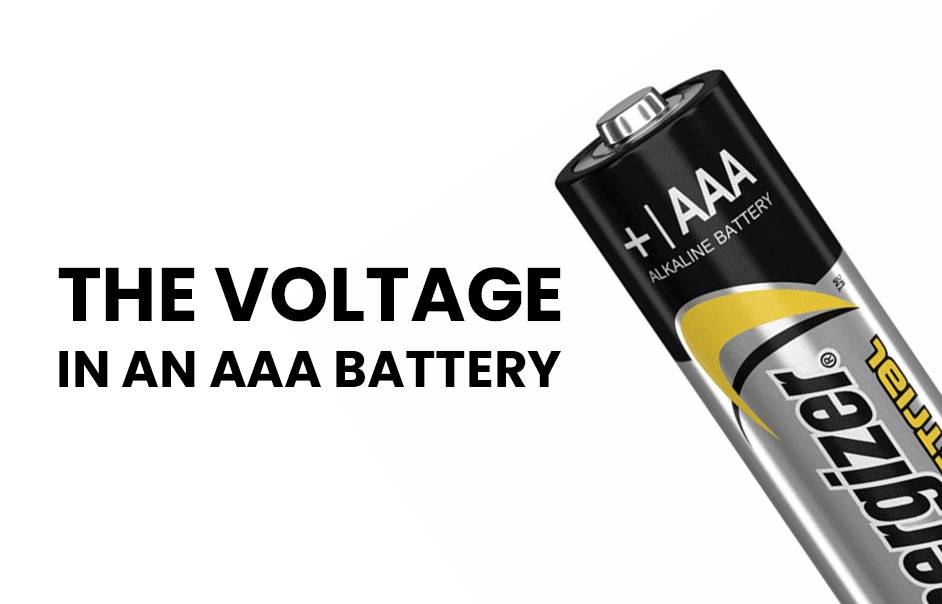
An AAA battery typically holds a voltage of around 1.5 volts. This voltage facilitates the power delivery necessary for low-drain devices like remote controls and flashlights. Over time, battery voltage may diminish due to chemical depletion. Despite variations influenced by temperature and load, the 1.5-volt AAA battery remains a popular choice for various everyday gadgets.
What is a voltage and why does it matter?
Voltage, measured in volts (V), signifies the electrical force driving charged electrons through a circuit. It determines a device’s functionality and can impact its operation. Insufficient voltage may hinder device performance, while excessive voltage can cause damage. Understanding voltage ensures optimal device function and safeguards against potential harm, highlighting its crucial role in electronics.
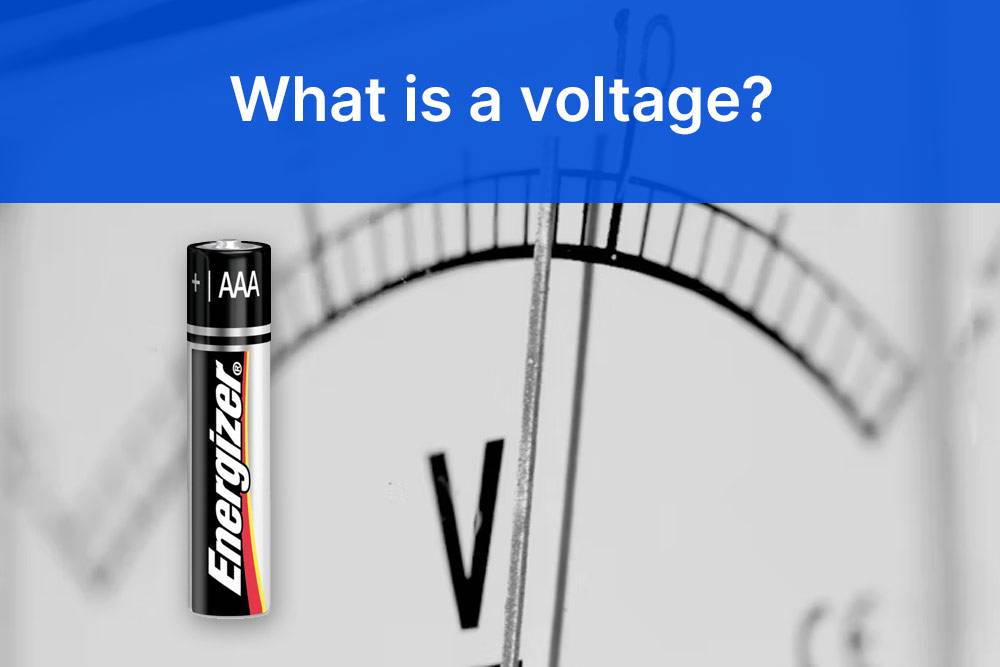
Why Voltage Matters:
- Device Functionality: Different devices demand specific voltage levels for optimal operation.
- Impact on Devices: Too low a voltage may hinder device function, while excess voltage can lead to potential damage.
When it comes to batteries like AAA batteries, understanding their voltage output is crucial. Matching the correct voltage with your device’s requirements ensures peak performance and safeguards against potential damage. Voltage is the silent force that keeps our electronic world running smoothly!
Understanding AAA batteries
AAA batteries, measuring approximately 44mm long and 10mm in diameter, provide 1.5 volts of power. They suit various devices like remote controls and clocks. Lifespan varies based on usage and storage conditions. Tips for extending life include removing batteries from idle devices and opting for rechargeables. Understanding these basics aids in selecting the right power source for optimal device performance.
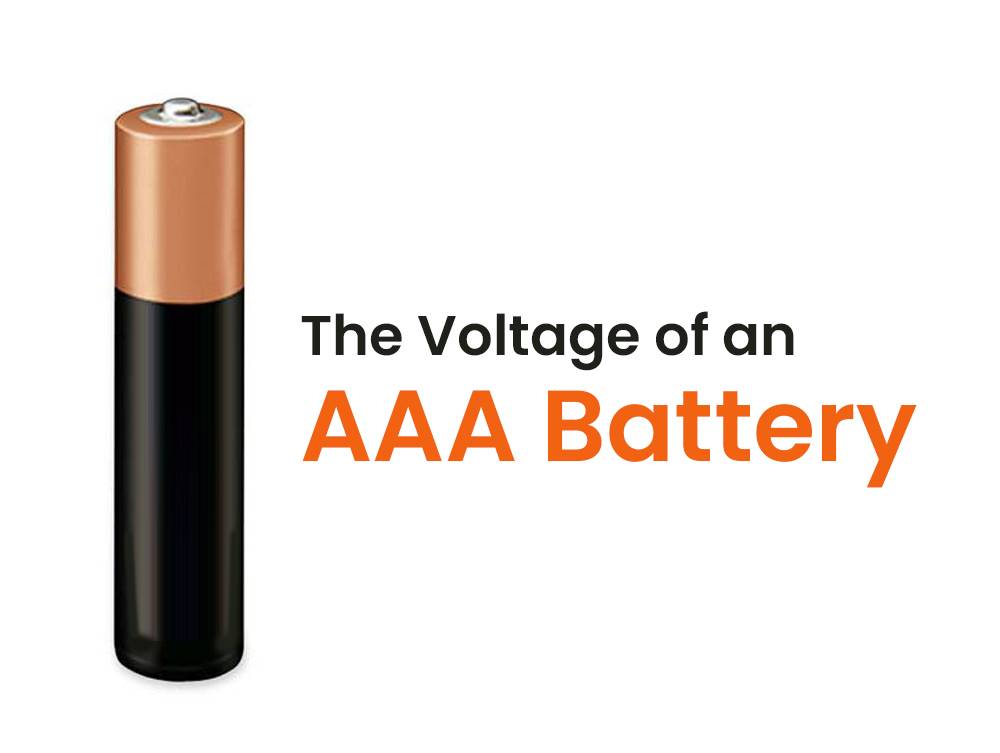
Exploring AAA Battery Basics:
- Size Matters: “AAA” denotes the battery’s size—approximately 44mm long and 10mm in diameter. Smaller than AAs but larger than button cells, they fit a diverse range of devices.
- Voltage Insights: AAA batteries boast 1.5 volts, ample for low-drain devices like clocks. High-drain devices, such as cameras, might require multiple AAAs or a higher voltage alternative.
- Lifespan Dynamics: Factors like usage frequency, temperature, and battery quality influence an AAA battery’s lifespan. Alkaline AAA batteries generally last from months to several years, depending on use.
Tips for Extending AAA Battery Life:
- Remove from Idle Devices: Take out batteries from unused devices.
- Optimal Storage: Store AAA batteries in a cool, dry place.
- Consider Rechargeables: If suitable, choose rechargeable AAA batteries.
- Avoid Mixing: Refrain from combining new and old batteries.
Understanding these AAA battery fundamentals empowers you to make informed decisions when selecting replacements. Armed with this knowledge, ensure your devices receive the right power for optimal performance!
The voltage of an AAA battery
The 1.5-volt rating of AAA batteries is vital for consistent performance in devices like remote controls and flashlights. To maintain stable voltage, store batteries properly, avoid mixing old and new ones, and consider rechargeable options. By following these practices, users can optimize battery lifespan and ensure reliable device operation.
Key Points:
- Constant Voltage for Optimal Function: AAA batteries maintain a steady voltage until depletion, ensuring devices operate without disruptions.
- Choosing Quality Batteries: Check expiration dates and opt for reputable brands to maximize voltage output and longevity.
- Impact of External Factors: Extreme temperatures or heavy device usage may temporarily affect voltage, but proper storage and usage practices help mitigate these issues.
Tips for Prolonging AAA Battery Life:
- Store batteries in a cool, dry place.
- Remove batteries from unused devices.
- Avoid mixing old and new batteries.
- Consider using rechargeable AAA batteries.
- Minimize unnecessary device usage or standby time.
By adopting these practices, you not only extend the overall lifespan of AAA batteries but also maintain their stable voltages, ensuring reliable performance in your devices. Next time you grab those AAAs, remember their crucial role in keeping your gadgets running smoothly!
How long does an AAA battery last?
The lifespan of AAA batteries varies based on device type, battery quality, and usage frequency. Low-power devices like remote controls may last several months to a year, while high-drain devices like cameras drain them faster, lasting only hours or days. Rechargeable batteries have shorter lifespans but offer reusability benefits. Implementing smart usage practices can extend their life.
- Device Impact: For low-power devices (remote controls, wall clocks), AAA batteries may last several months to a year. High-drain devices (cameras, gaming consoles) drain them faster, lasting only hours or days.
- Battery Quality: Rechargeable batteries have shorter lifespans than non-rechargeable ones, but they offer reusability benefits.
- Usage Frequency: Constant use shortens lifespan. Turning off devices when not in use and removing batteries during extended non-use periods can help prolong lifespan.
While there’s no definitive answer, understanding these factors and implementing smart usage practices can extend the life of your AAA batteries.
Factors that affect the voltage of an AAA battery
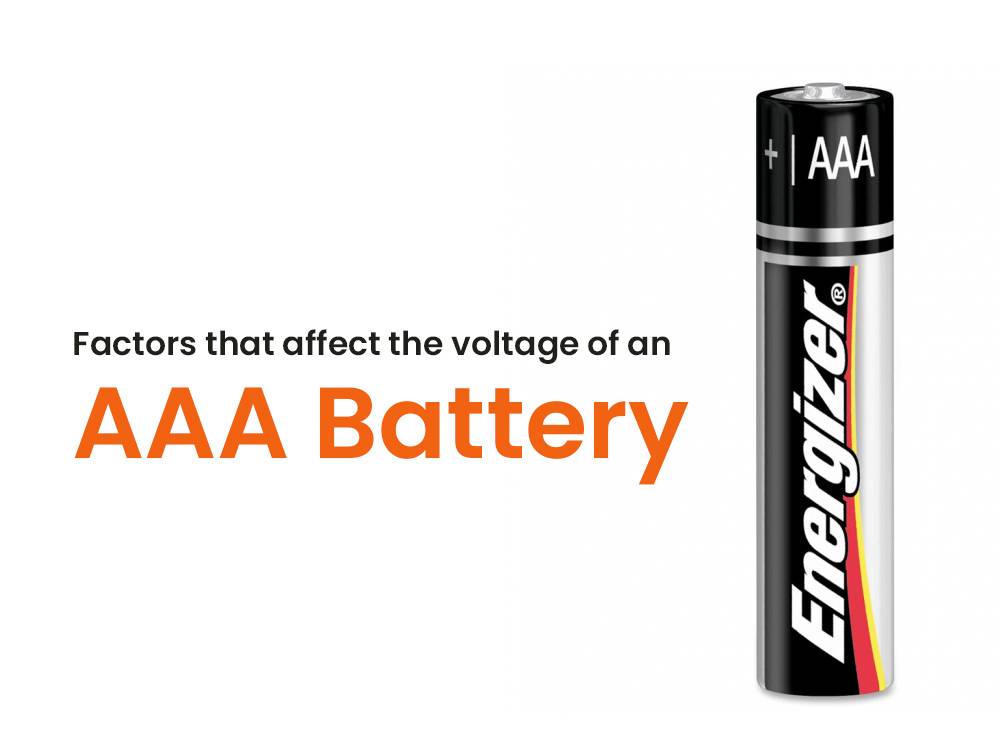
Understanding AAA battery voltage factors is crucial for optimal performance. Influencing elements include temperature impact, storage conditions, device power consumption, battery quality, and usage habits. Extreme temperatures, moisture exposure, and high-energy device usage can diminish voltage levels over time. Managing these factors ensures prolonged battery lifespan and stable device performance.
- Temperature Impact: Extreme heat accelerates chemical reactions, draining power faster, while cold temperatures reduce voltage output.
- Storage Conditions: Humid environments and moisture exposure lead to corrosion, affecting performance and diminishing voltage.
- Device Power Consumption: High-energy devices deplete batteries faster, resulting in lower voltages compared to low-power devices.
- Battery Quality: Cheaper or low-quality batteries may offer inconsistent power output, causing voltage fluctuations.
- Usage Habits: Frequent charging/discharging without complete cycles can reduce capacity and diminish voltage levels over time.
Understanding and managing these factors will help optimize AAA battery lifespan and maintain stable device performance.
Tips for prolonging the lifespan of your AAA batteries
Prolong the life of AAA batteries with these tips: Opt for rechargeable batteries for long-term savings and environmental benefits. Store them in a cool, dry place and remove from unused devices. Avoid mixing old and new batteries, and turn off devices when not in use. Reduce power consumption and keep contact points clean for optimal performance.
- Choose Rechargeable Batteries: Invest in rechargeable AAA batteries for long-term cost savings and reduced environmental impact.
- Proper Storage: Store AAA batteries in a cool, dry place away from sunlight to maintain performance and prevent leakage.
- Remove Batteries from Unused Devices: Prevent slow drainage by removing AAA batteries from devices not in use for an extended period.
- Avoid Mixing Old and New Batteries: Replace all AAA batteries simultaneously to ensure even power distribution and optimal efficiency.
- Turn Off Devices: Conserve battery life by turning off electronic devices when not in use.
- Reduce Power Consumption: Adjust device settings to minimize power usage, extending the life of your AAA batteries.
- Keep Contacts Clean: Regularly check and clean contact points on both the device and batteries to ensure proper electrical conductivity.
By following these simple steps, you’ll save money and contribute to environmental sustainability by reducing battery waste.
How do you make a 12-volt battery out of AA batteries?
To create a 12-volt battery using AA batteries, connect eight AA cells in series. Each AA battery yields 1.5 volts, totaling 12 volts when linked in a series circuit. Ensure all batteries are of the same electrochemistry system and size. Connect positive to negative terminals to maintain polarity. This arrangement forms a 12-volt battery from AA cells.
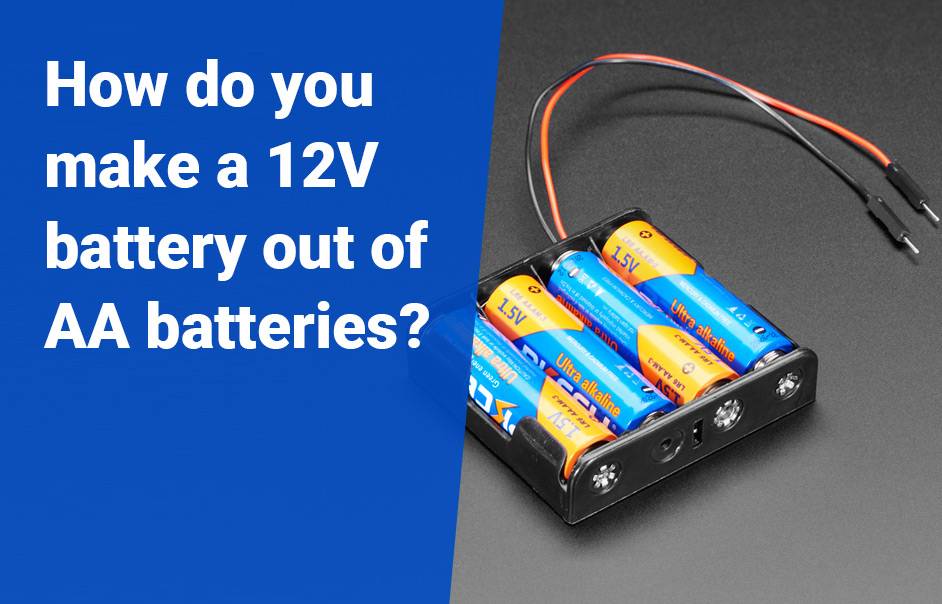
Why do AA and AAA batteries have the same voltage?
AA and AAA batteries, Which is better?
Why are they called AAA batteries?
Conclusion
Understanding AAA battery voltage is crucial for device performance. Typically rated at 1.5 volts, AAA batteries suit low-drain devices like remotes. Lifespan varies based on usage, and factors like internal resistance, temperature, and storage impact voltage over time. Prolong battery life by proper storage, prompt removal of depleted batteries, and using energy-efficient devices. With this knowledge, optimize AAA battery use, ensuring longevity and minimizing waste for your electronic gadgets.
FAQs
At what voltage is a AA battery dead?
AA batteries are considered dead when they can no longer hold a charge. This can be due to factors such as age, overuse, or damage. Once a battery is dead, it must be replaced in order to continue using the device it powers. AA batteries typically have a standard voltage of 1.5 volts, but when a battery is completely drained, its voltage can drop as low as 0.8 volts. To ensure the proper functioning of your devices and avoid damage, always check the voltage of your AA batteries before using them. If the voltage is below 1 volt, it is recommended to replace the battery with a new one. Remember, regular maintenance and timely battery replacement are key to maximizing the performance and lifespan of your devices.
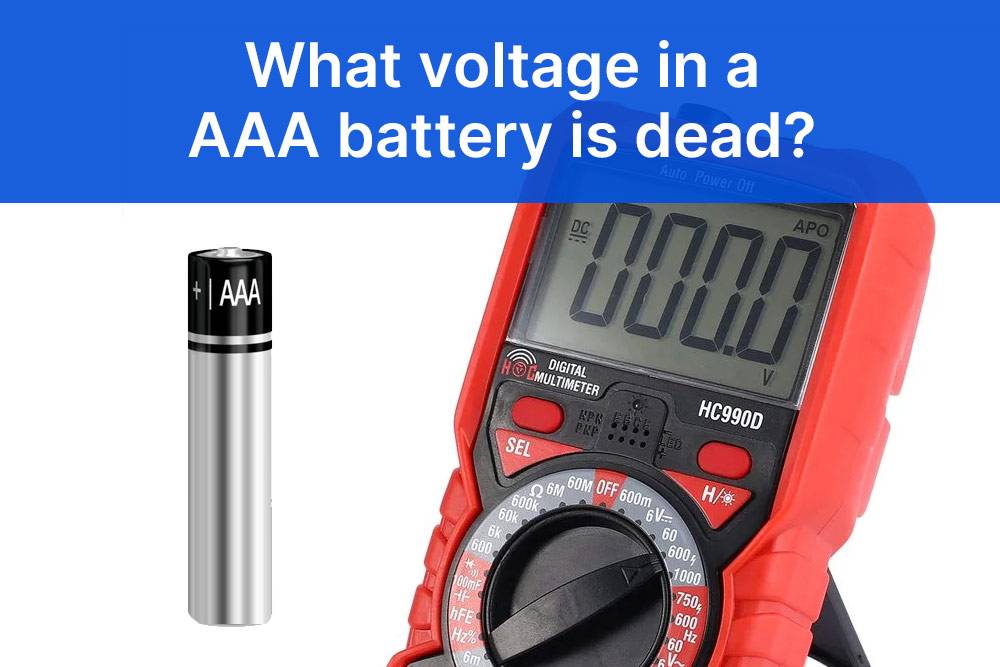
At what voltage is a 1.5 battery no good?
A 1.5-volt battery is considered ‘no good’ or ‘dead’ when its voltage drops below 1.2 volts. However, the exact voltage at which a 1.5-volt battery is no longer good can vary depending on factors such as the type and quality of the battery. It is important to regularly check the voltage of your 1.5-volt batteries and replace them when their voltage drops below 1.2 volts to ensure optimal performance in your devices. Remember, using a battery with a low voltage can lead to reduced device performance and potential damage. Stay proactive in monitoring and replacing your 1.5-volt batteries to keep your devices running smoothly.
Are AA batteries 1.2 or 1.5 volts?
AA batteries come in different types, including alkaline and rechargeable nickel-metal hydride (NiMH). Alkaline AA batteries typically have a voltage of 1.5 volts, while NiMH AA batteries have a voltage of 1.2 volts. The voltage difference is due to the chemical composition and reaction used in each type of battery. It’s important to choose the right type of battery for your devices based on their voltage requirements. Always check the packaging or consult the manufacturer’s specifications to ensure you are using the correct voltage for optimal performance and compatibility. Remember, using the wrong voltage can lead to inefficient power delivery or potential damage to your devices.
What voltage is 3 AA batteries?
The voltage of a single AA battery is typically 1.5 volts. When three AA batteries are connected in series, the total voltage is additive. Therefore, the total voltage of three AA batteries connected in series would be 4.5 volts (1.5 volts + 1.5 volts + 1.5 volts). It’s important to note that connecting batteries in series increases the overall voltage but does not increase the total capacity or energy storage of the batteries. This higher voltage output can be useful for devices that require higher voltages to operate efficiently. However, it’s crucial to check the device’s specifications and ensure compatibility with the increased voltage to avoid any potential damage.
What Battery Types Work Well with Solar Panel Systems?
What Factors Determine Battery Selection for Solar Panel Systems?
Are AAA batteries 1.5V?
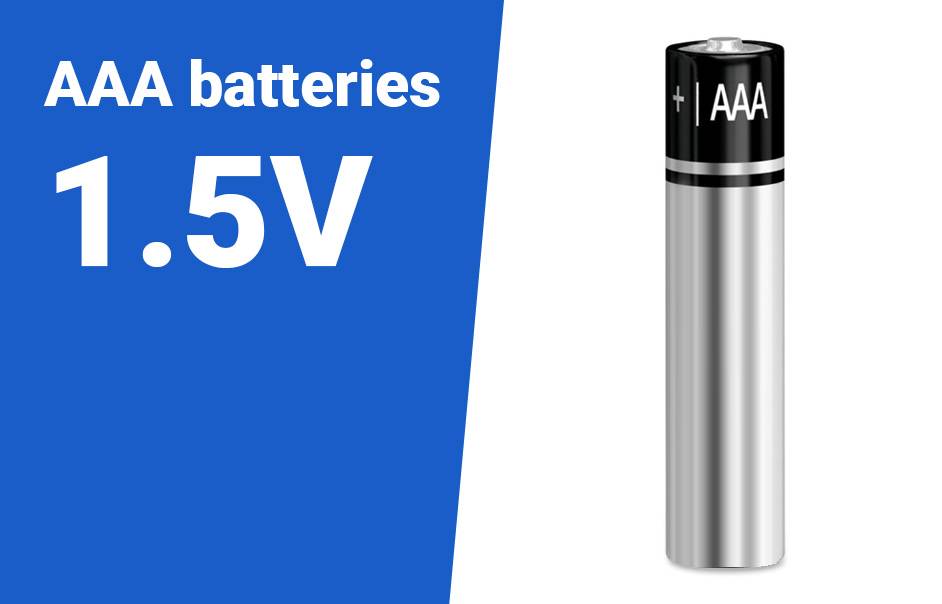
At what voltage is a 1.5V AAA battery dead?
Is it OK to use 1.2V batteries instead of 1.5V?
More FAQs
What happens if I replace a 1.2V battery with a 1.5V battery?
Using a 1.2V battery instead of a 1.5V battery may result in reduced performance or functionality in devices designed for use with 1.5V batteries. The impact can vary depending on the specific device and its voltage requirements. It is recommended to use batteries with the specified voltage to ensure optimal device performance.
Why are rechargeable AAA batteries only 1.2V?
What is the difference between 1.2V and 1.5V AAA batteries?
Is a 1.5V battery the same as AAA?
No, the voltage rating (1.5V) refers to the nominal voltage of the battery, while “AAA” refers to the size and form factor of the battery. AAA batteries are available in both 1.5V (non-rechargeable) and 1.2V (rechargeable) versions.
What does it mean that a AAA battery has 1.5V?
The voltage rating of a AAA battery is typically 1.5V, which represents the average voltage output considering the high voltage when the battery is new and the lower voltage as it is used up. This voltage rating ensures compatibility with devices designed for use with 1.5V batteries. However, it is important to check the specific voltage requirements of your device to ensure proper functionality.
What voltage is too low for a 1.5V battery?
For most non-rechargeable 1.5V batteries, a voltage of around 1.0 to 1.2 volts is often considered the cutoff point for practical purposes. When the voltage of a 1.5V battery drops below this range, it is typically considered too low and may no longer provide sufficient power to devices.
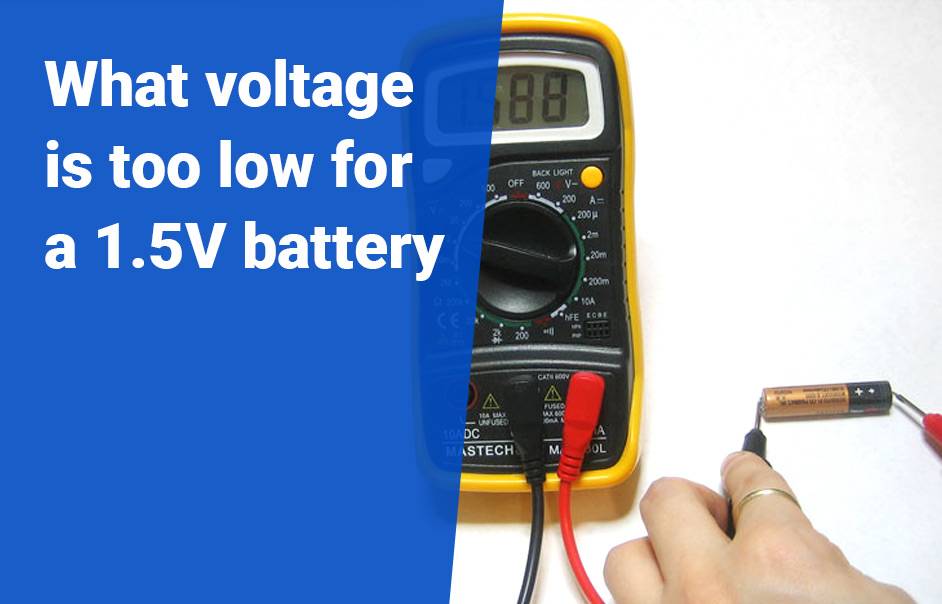
What are 1.2V batteries used for?
What type of battery does AAA use?
Why is lithium battery the highest voltage type?
Lithium batteries are renowned for their high voltage output compared to other types of batteries. This is primarily due to the chemical composition of lithium, which allows for efficient energy storage and release. The lithium-ion technology used in these batteries boasts a higher energy density, resulting in a more potent power source.
When it comes to voltage, lithium batteries have a nominal voltage range that typically falls between 3.6V and 3.7V per cell. This elevated voltage level makes them ideal for powering devices that require consistent and reliable performance over time.
The combination of high voltage output and long-lasting power makes lithium batteries a popular choice for various applications, from portable electronics to electric vehicles. Their ability to maintain stable voltage levels throughout their lifespan sets them apart as a top contender in the world of battery technology.
What is series AAA battery voltage total?
When it comes to series AAA batteries, understanding the total voltage is essential. In a series connection, the voltage of each battery adds up to create a higher overall voltage output.
For AAA batteries, which typically have a standard voltage of 1.5 volts per cell, connecting multiple batteries in series increases the total voltage output accordingly. So, for example, if you connect four AAA batteries in series, you would have a total voltage of 6 volts (1.5V x 4).
This increased total voltage can be useful in powering devices that require higher voltages than what a single battery can provide. It’s important to note that connecting batteries in series also increases the risk of overloading or damaging your device if not done correctly.
Understanding the concept of series battery connections and their resulting total voltage is key when selecting and using AAA batteries for various electronic devices.
How much voltage for AAA lithium battery charger?
When it comes to charging AAA lithium batteries, the voltage required for a charger is typically around 1.5 volts per cell. This ensures that the battery is charged efficiently and safely. It’s important to use a charger specifically designed for lithium batteries to avoid damaging them.
Using the correct voltage in a charger not only prolongs the lifespan of your AAA batteries but also ensures they perform at their best when powering your devices. Overcharging or undercharging can lead to reduced battery life and even safety hazards, so always follow manufacturer recommendations.
Investing in a quality AAA lithium battery charger with the right voltage output will help you get the most out of your rechargeable batteries. Make sure to read the instructions carefully and never attempt to charge non-rechargeable batteries with it as this can be dangerous.
Remember, using the correct voltage in your AAA lithium battery charger is key to maximizing performance and longevity, so choose wisely when selecting a charger for your rechargeable batteries!
What indicates bad voltage for AAA battery?
When it comes to AAA batteries, voltage is a key factor in determining their performance. Understanding what indicates bad voltage for an AAA battery is crucial for ensuring that your devices run smoothly.
One common indicator of low voltage in an AAA battery is a decrease in power output. If you notice that your device is not running as efficiently or brightly as before, it could be a sign that the battery’s voltage has dropped below optimal levels.
Another telltale sign of bad voltage in an AAA battery is frequent and unexpected power drainage. If you find yourself replacing batteries more often than usual or if they seem to die quickly after being inserted into a device, it may be due to insufficient voltage.
In some cases, visible signs such as leakage or corrosion on the battery terminals can also indicate poor voltage levels. It’s essential to replace these batteries promptly to avoid any damage to your devices.
Monitoring the voltage of your AAA batteries regularly and replacing them when necessary will help ensure optimal performance from your electronic devices.
Why is voltage important in AAA battery selection?
When choosing AAA batteries, voltage is a crucial factor to consider. Voltage determines the power output and longevity of your devices. Different devices require specific voltage levels to function optimally, so selecting the right AAA battery with the correct voltage rating ensures that your devices perform efficiently. Always check the voltage requirements of your device before purchasing AAA batteries to avoid compatibility issues and potential damage. Making an informed decision based on voltage will not only prolong the lifespan of your electronics but also save you time and money in the long run.
What are the benefits of buying batteries in bulk? Buying batteries in bulk reduces the cost per unit and ensures you have a steady supply, which is convenient for frequent use. Bulk purchasing also minimizes packaging waste and can be beneficial for long-term storage and preparedness.
How can you obtain better battery life? To obtain better battery life, use high-quality batteries, store them properly (in cool, dry conditions), avoid overcharging, and implement power-saving settings on devices. Regular maintenance and choosing batteries suited to your device’s specifications also help extend battery life.
Can you mix different brands of batteries? Mixing different brands of batteries is generally not recommended. Different brands may have varying voltages, capacities, and chemistries, which can lead to decreased performance or potential damage to devices. Always use batteries of the same brand and type in a device.
How long do AAA rechargeable batteries last? AAA rechargeable batteries typically last between 2 to 5 years, depending on usage, charge cycles, and maintenance. They usually offer 500 to 1,000 charge cycles before their capacity significantly diminishes.
What are the advantages and disadvantages of primary vs. rechargeable AAA batteries? Advantages of primary batteries: Longer shelf life, higher initial energy density, and no need for recharging equipment. Disadvantages of primary batteries: Higher long-term cost and environmental impact due to disposability.
Advantages of rechargeable batteries: Lower long-term cost, reduced environmental impact, and the ability to recharge multiple times. Disadvantages of rechargeable batteries: Higher upfront cost, limited shelf life, and need for a charger.
How do you determine if a AAA battery is rechargeable or disposable? Rechargeable AAA batteries are typically labeled as “NiMH” or “NiCd” and often include a “rechargeable” designation. Disposable batteries, like alkaline, are usually marked as “alkaline” and do not indicate rechargeability.
What are the applications of different AAA battery chemistries? Alkaline: General household devices like remotes and clocks. NiMH: High-drain devices like digital cameras and toys. NiCd: Older rechargeable applications, though less common today. Lithium-ion (10440): High-performance needs, such as in high-drain electronics and some specialized devices. Rechargeable alkaline: Low-drain devices where cost-effectiveness and reusability are valued.
What are the features of Nickel Cadmium (NiCad) AAA batteries? NiCad AAA batteries offer reliable performance and are durable with high discharge rates. They have a lower energy density compared to newer chemistries and suffer from memory effect, reducing their capacity if not fully discharged before recharging.
What are the features of Lithium-ion AAA (10440) batteries? Lithium-ion AAA (10440) batteries provide high energy density, longer lifespan, and lighter weight compared to other chemistries. They have a higher voltage and are used in high-drain applications, though they require careful handling due to their sensitivity to overcharging and deep discharges.
What are the features of Nickel Zinc (NiZn) AAA batteries? Nickel Zinc (NiZn) AAA batteries offer a higher voltage than NiMH batteries, providing increased power for high-drain devices. They are more environmentally friendly than NiCad but have a shorter lifespan and are less common.
What are the features of Nickel Metal Hydride (NiMH) AAA batteries? NiMH AAA batteries feature high energy density, a longer life cycle, and no memory effect. They are well-suited for high-drain devices and can be recharged hundreds of times. They have a lower self-discharge rate compared to NiCad batteries.
What are the features of rechargeable alkaline AAA batteries? Rechargeable alkaline AAA batteries provide a cost-effective solution for low-drain devices. They have a lower initial capacity and fewer charge cycles compared to NiMH batteries but offer the advantage of being recyclable and suitable for occasional use.















